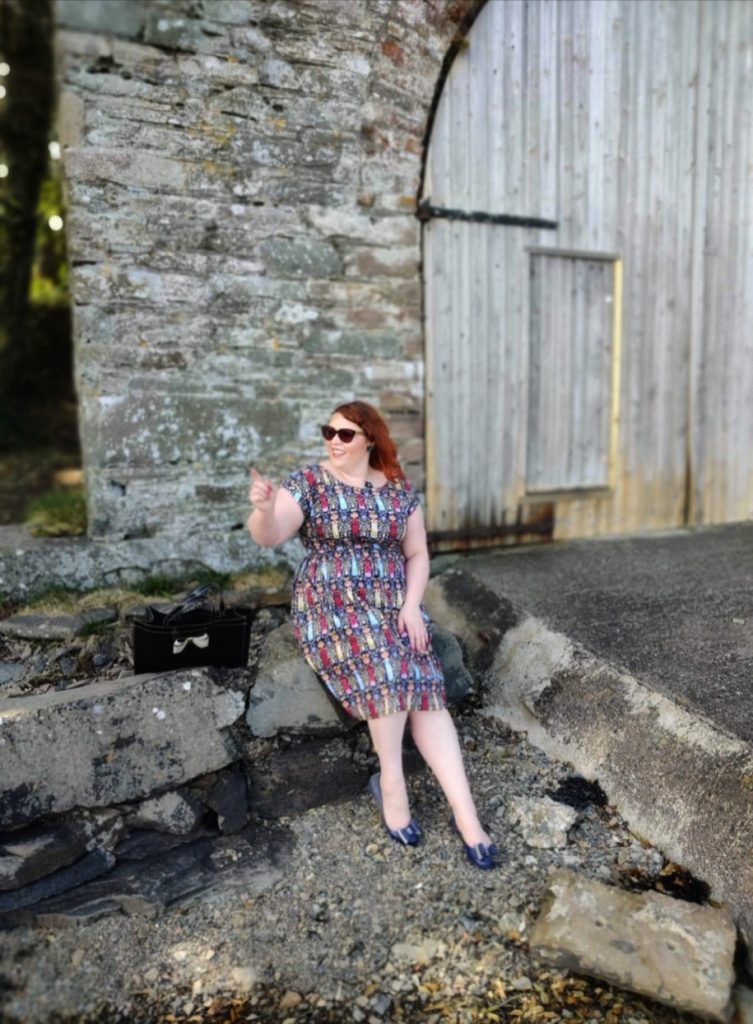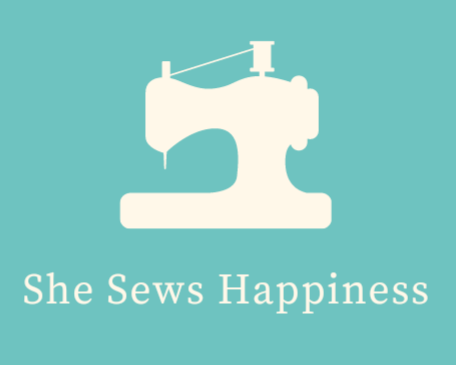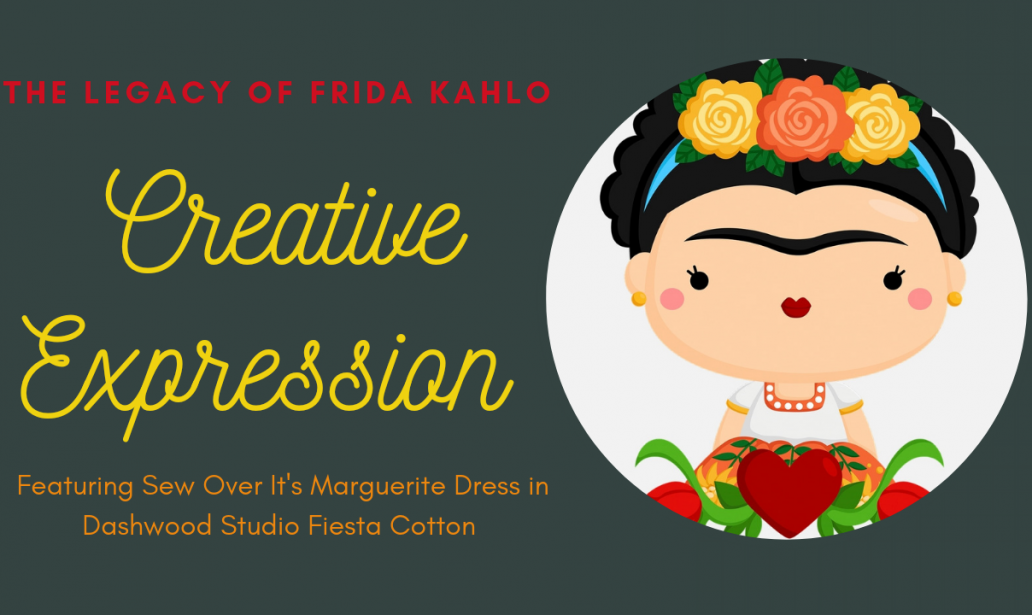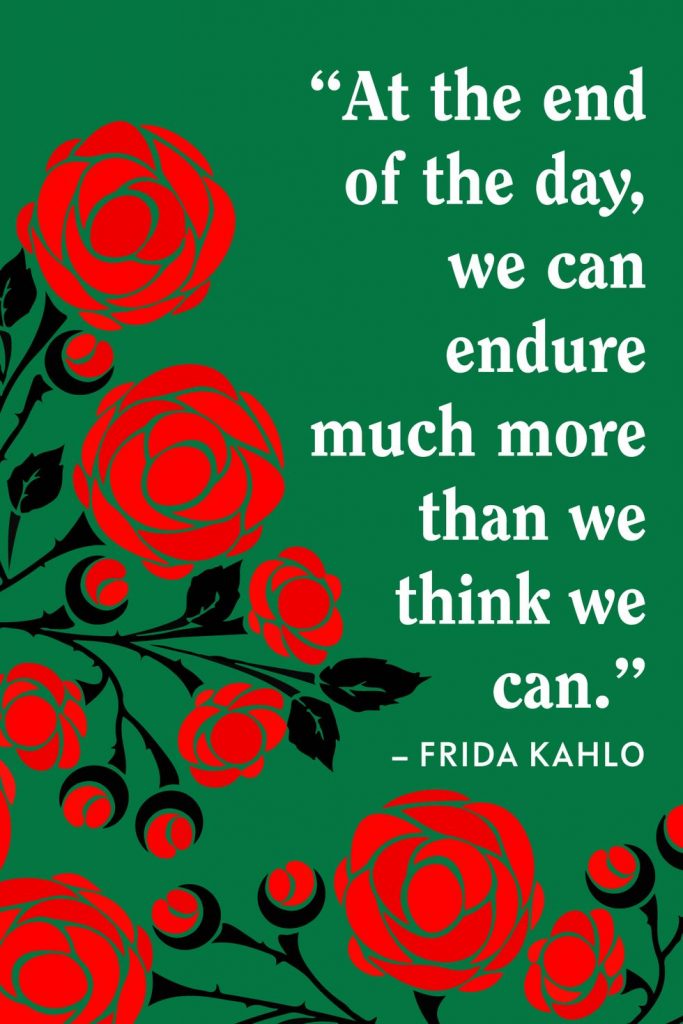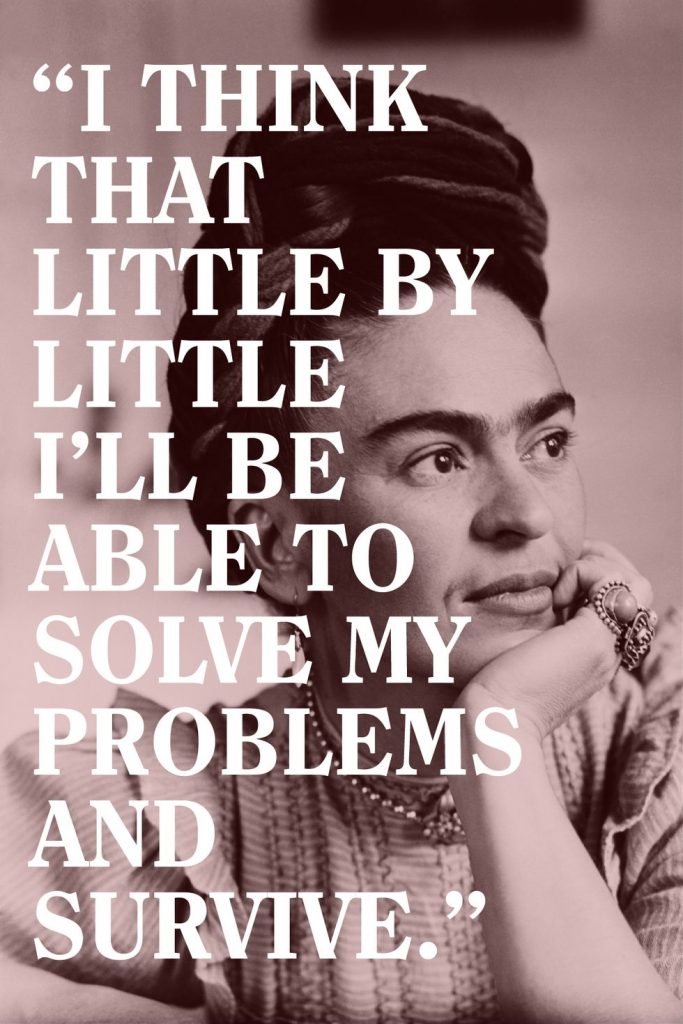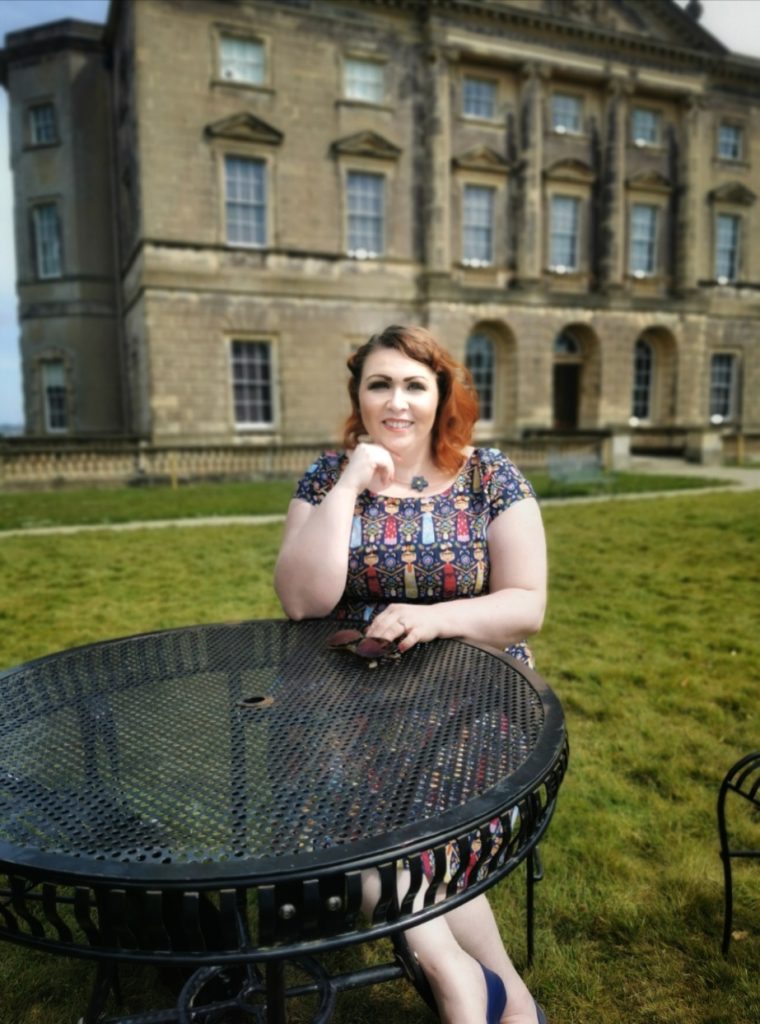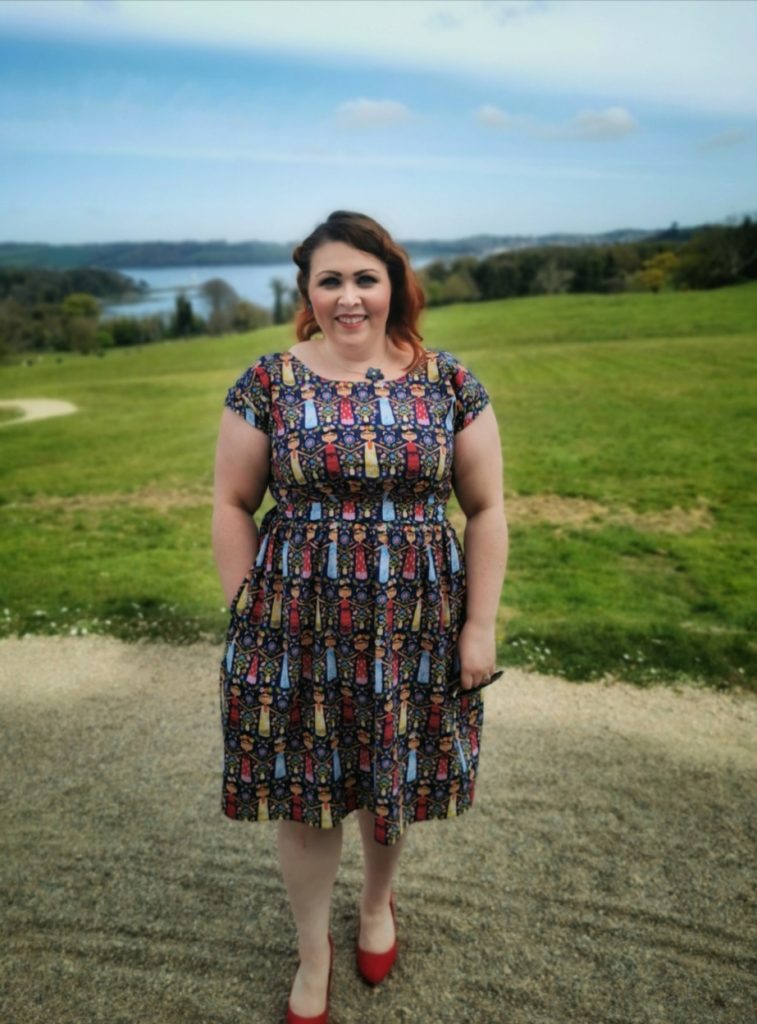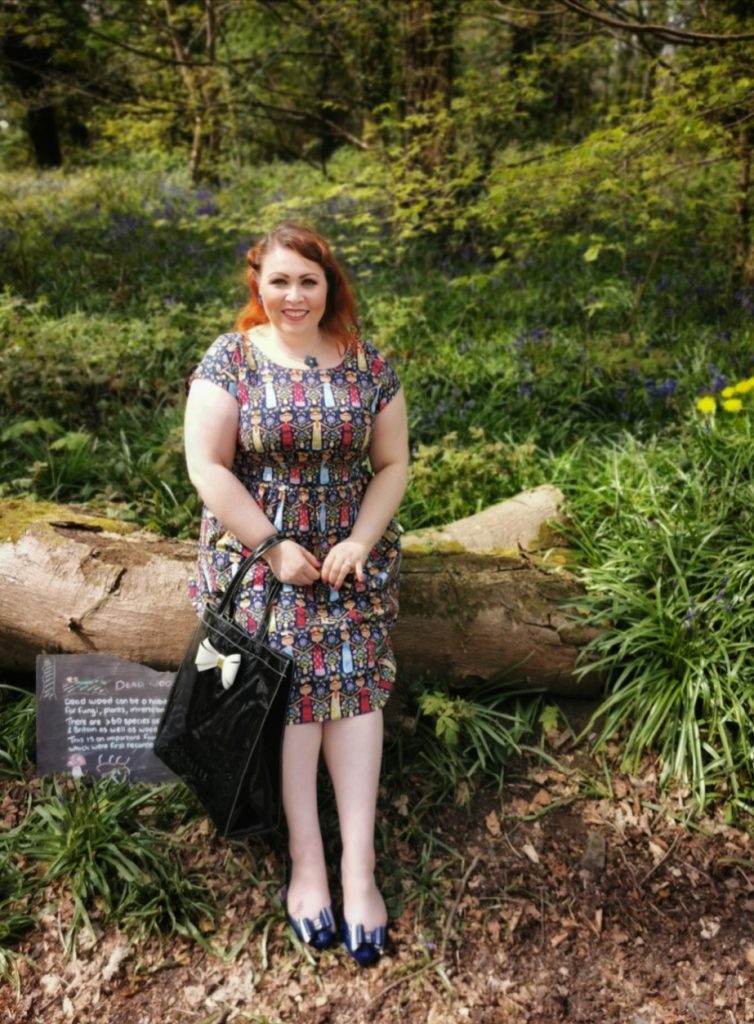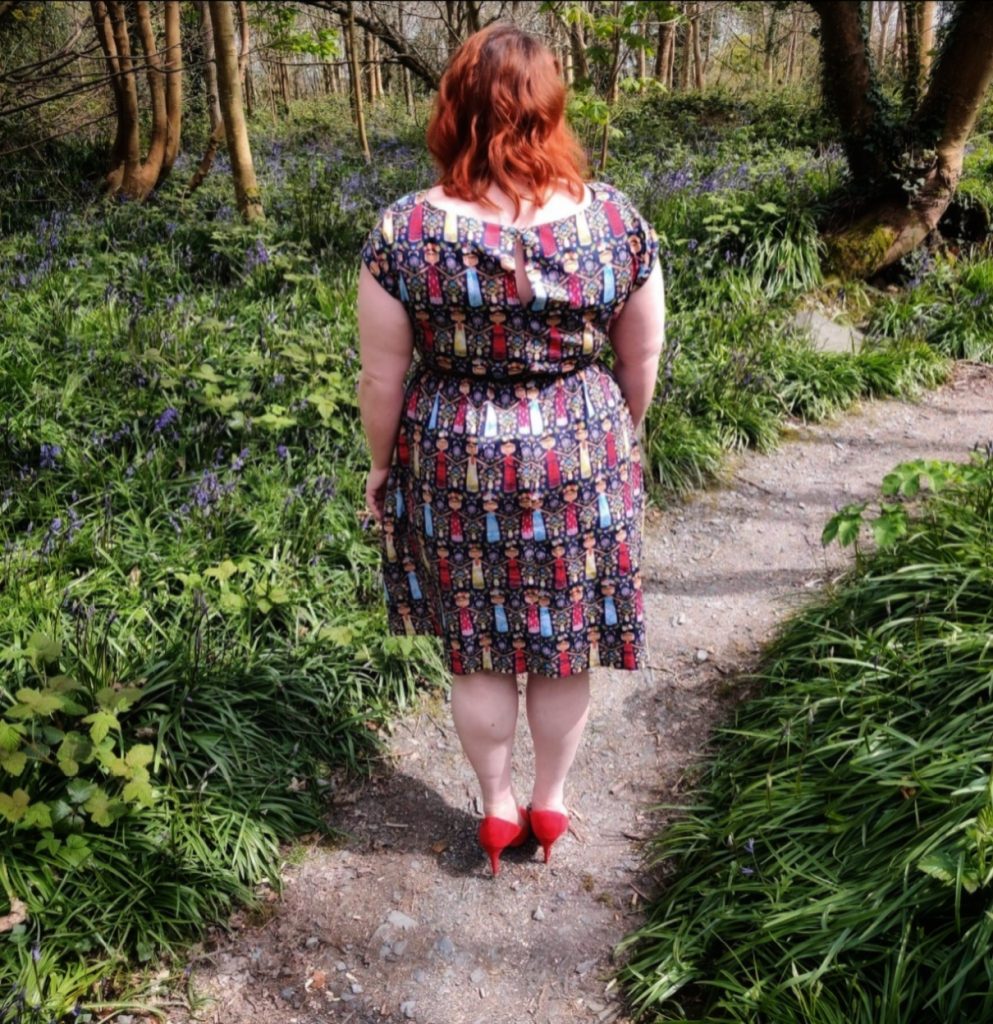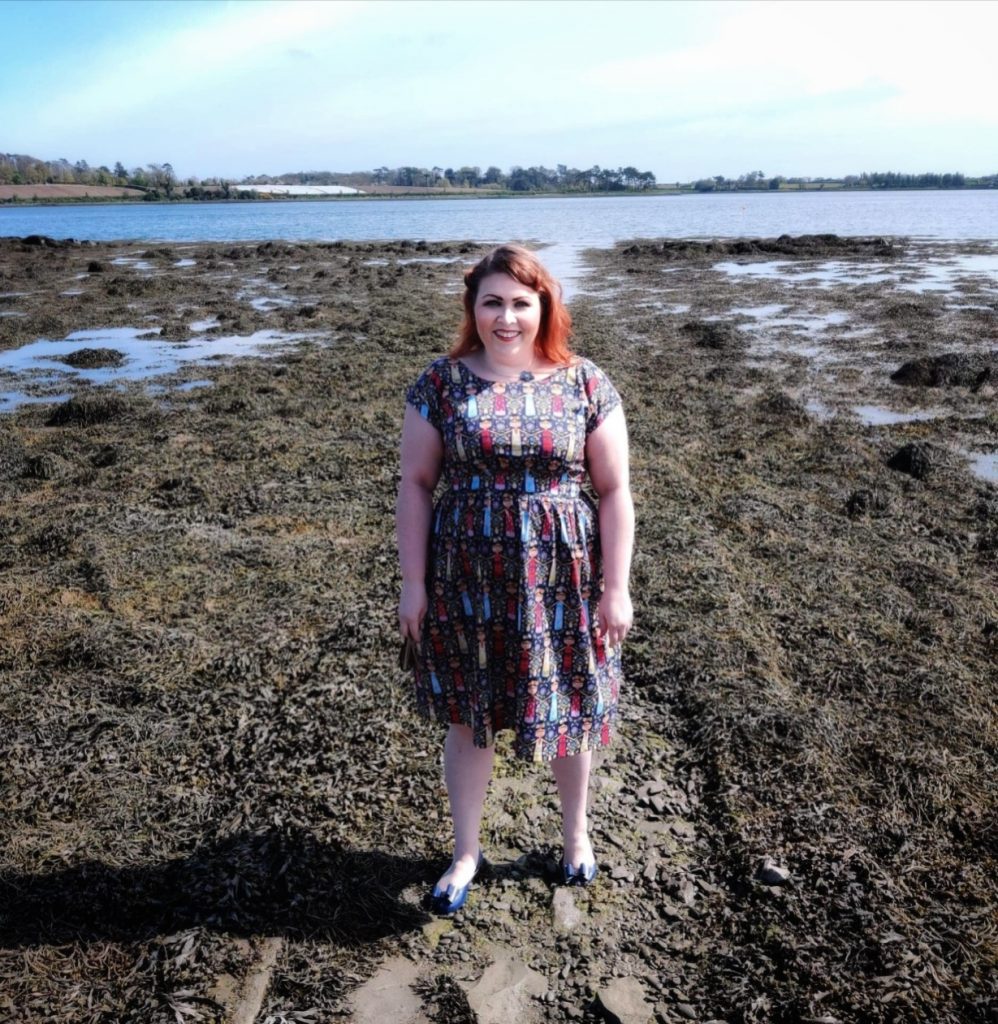Frida is one of the most recognisable historical figures, partly because of her characteristic style and image. She is a symbol of strength, resilience, and female empowerment. If there’s anything we can learn from Frida, it is the importance of understanding yourself and creating an image of self that doesn’t fit into societal standards.
Turning Pain Into Art
“Pain is not part of life, but it can become life itself.”
Frida Kahlo
Frida’s life was punctuated with pain; in spite of this – or perhaps because of it – her creative output matched some of the greatest artists in the world at the time. Her art and her suffering – both physical and emotional – were intertwined.
At the age of six, Frida contracted polio which left her with permanent damage to her right leg. On September 17, 1925 Frida – now 18 years old – was involved in an accident that would lead to lifelong pain. She was travelling by a bus when it hit a tram and overturned; a handrail passed directly into her torso from her ribs to her uterus. She suffered numerous injuries, including a broken spinal column, a broken collarbone, and 11 fractures in her right leg.

It was during her initial recuperation that she taught herself to paint; she used her art to reflect upon and transcend her suffering and loss. Painting was a form of catharsis.
The rest of Frida’s life was defined by this accident. She was hospitalised for long periods of time and underwent more than 30 operations in her lifetime. It took around two years after the accident for Frida to be able to walk again, by which time she was already making a living as an artist. Her longing for an artistic mentor led her to the fateful encounter with Diego Rivera whom she married on August 21, 1929, aged 22. He was 42. This relationship was to cause Frida a different kind of pain. To quote her own words, “I suffered two grave accidents in my life. One in which a streetcar knocked me down … The other accident is Diego.”

As if all of that was tragedy enough, Frida suffered further pain when her dream of having children was shattered by two miscarriages, the second of which lasted a painstaking thirteen days, and at least three therapeutic abortions. Once again, she turned her trauma into raw material for art.
She broke taboos by painting her harsh, raw realities as a woman. One graphic example of this is ‘The Flying Bed’. It’s a shocking piece of art, even now – imagine how much more so it would have been in the 1930’s – so I’ll leave it up to you to go look at it if you’re not familiar with it. Look at it in the context of her own diary entry:
“I paint self-portraits, because I paint my own reality. I paint what I need to. Painting completed my life. I lost three children and painting substituted for all of this. I am not sick, I am broken. But I am happy to be alive as long as I can paint.”
Frida Kahlo
Instead of hiding her trauma and feeling shame – which so many of us do – Kahlo used her art to bare her pain and tragedy and, in turn, relieve herself from the internal turmoil of her sufferings. Another female artist I admire who is similar in this regard is Marina Abramović whose childhood traumas were the root of her creativity. If you appreciate her art, I recommend reading her contribution to the book Getting There: A Book of Mentors.
Frida and Fashion
Frida’s fashion was part of what made her iconic; she dressed in vibrant traditional clothing inspired by South Mexico’s Tehuana matriarchs. In many of her self-portraits, Frida painted herself wearing accessories that identify with the indigenous cultures of Mexico, evoking these powerful women.
She was also known to wear male clothes on occasion as a way of exhibiting the duality of gender; the feminine and masculine elements of her art. It’s said that this was the reason she kept her brows and moustache highlighted. She was as much a work her art as her paintings were; her art and her person were inseparable.
Frida took painstaking care with her clothes; her wardrobe choices were expressions of her values and identity. She was aware of the power of clothing, enjoyed making a statement and even shocking people with her outfits. But Frida’s wardrobe was also dictated by the demands of her injured body. Due to her spinal problems, Kahlo wore 28 separate supportive corsets, varying from steel and leather to plaster.

Frida knew self-image was empowering; it is one of the reasons I find her so iconic. Everything she did was rooted in her self-awareness and her ability to control how she was viewed by other people. What makes her so special and inspirational is that not only did she make art out of her fundamental difference in how she dressed but how she formed her strength and self-sufficiency through that clothing. She found a subtle power in her own body instead of succumbing to its disabilities. She took charge of her own image and represented her disabilities on her own terms. She could teach the fashion industry a lot about taking risks to be more inclusive. For Frida, body acceptance started with visibility. She adapted her clothing to meet her specific physical needs, empowering herself at the same time.
Sewing, Creativity and Self-Expression
So, what has all of this got to do with sewing, you might well ask?
There’s a double layer of creativity at play when we make our own clothes. When we sew, we express our creativity in our choices of colours, prints and patterns. It’s a form of art to make wearable garments. What’s more, when we wear those creations, we express who we are to everyone who sees them. Our choice of clothes, as was the case for Frida, say a lot about us as individuals.
“Clothing is a form of self-expression – there are hints about who you are in what you wear”
Marc Jacobs
For me, when I saw this Dashwood Studios cotton, I had to have it; since I was a teenager, I’ve been fascinated with Frida. This affinity with Frida continued into my adult life; there have been times when her response to pain and heartbreak inspired me and gave me strength to deal with my own. I am sure her words can resound with so many of us.
I like to think that the pervasiveness of Frida’s image in culture even today would have pleased her – Frida was a woman who wanted to be seen. Her favourite subject to paint, after all, was herself. Her clothing choices were political – they were always a statement. In fact, clothing is always political.
Sewing as a Political Act
The act of sewing is a subversive one. When we make our own garments, we are separating ourselves from the norms of fast fashion culture. We’re saying many things; for me, it’s a case of resisting exploitation of garment workers and creating clothes that fit me as a plus size woman. It’s a direct challenge to power structures; to a system that tells us what a woman’s body should look like or an industry that tries to put a cheap price on human labour.
The way we dress, the labels we were, the slogans across our t-shirts all contribute to how we are seen in the world, whether these choices are intentional or not. One of my defining characteristics has always been the fact that I don’t wear trousers; most people (correctly) assume that I revel in my femininity which is large part of the reason I am drawn to vintage inspired designs. I love the elegance of 40s and 50s fashion. Since I took up sewing, I’m even more intentional in my clothing choices, not least in the choice of prints I can wear. Book print is a favourite of mine – which acts as a signifier of my love of literature and my librarian life. When I choose to wear a dress with Frida on it, it’s a conscious alignment with her as an icon as well as an appreciation of what she represents. It’s a wonderful gift to have, being able to create clothes that allow your outer self to present your inner ideals and beliefs.
Like most, if not all, of the garments we sew, this dress is both a call for more sustainable industry standards, a promotion of body positivity and an exclamation of who I am as an individual.
Pattern review
I haven’t forgotten that this is a sewing blog so let’s get to the nitty gritty of my Frida dress. The pattern I used is one of my all-time favourites – it’s become my go to for fabrics I really like and when I want to sew up a project without the toiles and tribulations that come with a new pattern. Essentially, it’s my palette cleanser. I can sew this up without referring to the instructions.
Marguerite is a beautiful dress which is a ringer for the dresses worn by Charlotte Le Bon in the film The Hundred Foot journey.
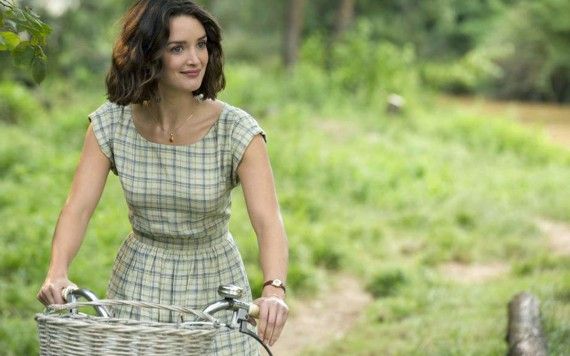
I loved the outfits in that film but was never able to find anything like them in ready to wear clothing. Another reason to appreciate my new found hobby. For the Marguerite dress, the shape is in the details. Most of the shaping work is done by gathering, except for bust darts. The style of the dress – the semi fitted bodice and dolman cuffed sleeves – also meant I didn’t need to make any modifications to the pattern. I usually have issues with the neckline and armholes, needing to take an inch or two out them, but the dolman sleeves are very forgiving. I make this dress without any modifications. While it’s rare to get a pattern that doesn’t need adjusting, Sew Over It ‘s range of patterns are one of the best for my figure which is possibly part of the reason I revisit their pattern line over and over again. I’ve had a lot of people tell me that they’ve been reticent about making Sew Over It patterns because they don’t think it would suit their curves or they’d have too many fitting issues. I’ve had the opposite experience; I find the patterns to be really flattering for curves. At the moment, Marguerite comes in UK sizes 8-20. Sew Over It are, however, revisiting their patterns and expanding their size range to a UK size 30 and I really hope we see this one in a more inclusive size soon.
Admittedly, Marguerite is intended for lighter weight fabrics but ever since I first made it in a cotton canvas, I’ve been sold on breaking the rules of fabric recommendation. It is designed to be a summer dress so suggested fabrics include cotton lawn, poplin, voile, chambray, seersucker, swiss dot, rayon, georgette and lightweight crepes. But cotton is a perfectly suitable fabric to use for summer sewing and it is also a good transitional choice for between seasons. Personally, I love the more fitted and structured look that you get from sewing with cotton.
I love quilting cottons like this one – you really do get so many quirky prints in quilting cottons – but they’re 44” wide and most of the styles in my wardrobe require a wider fabric. Another reason I love the Marguerite pattern. It requires 3.4m of fabric this width but I got this dress cut out in just under 3 metres.
I find this pattern really empowering which is why it’s such a go to for me. It just works for my figure. It cinches me in at the waist, where I need it(!), and fits the bust area really well. The dolman sleeves and the skirt are really well balanced, so it creates a good silhouette. As a curvy woman, I love a pattern that works with my curves, not against them.

One of the things I love the most about handmade fashion is that it can be a real conversation piece. When people comment on my clothes now, it’s an opportunity to explain to people how sewing was where my journey became one of self-acceptance and where my once toxic body image started to heal. With this print, I relish the possibilities of chatting to others who identify with the strong and original women who leave their imprint for us to follow.
